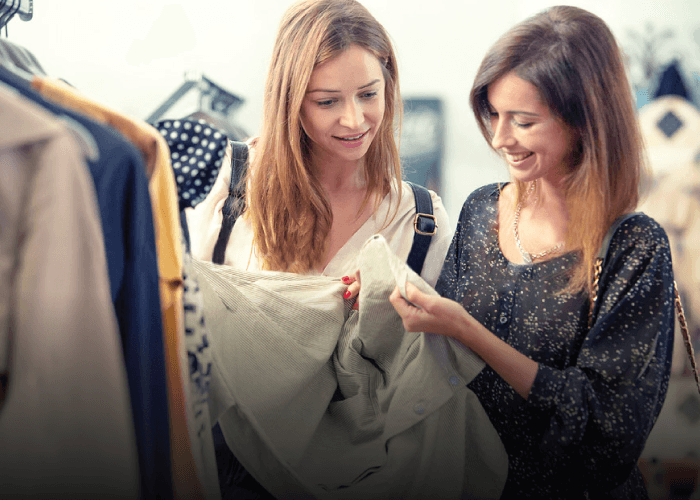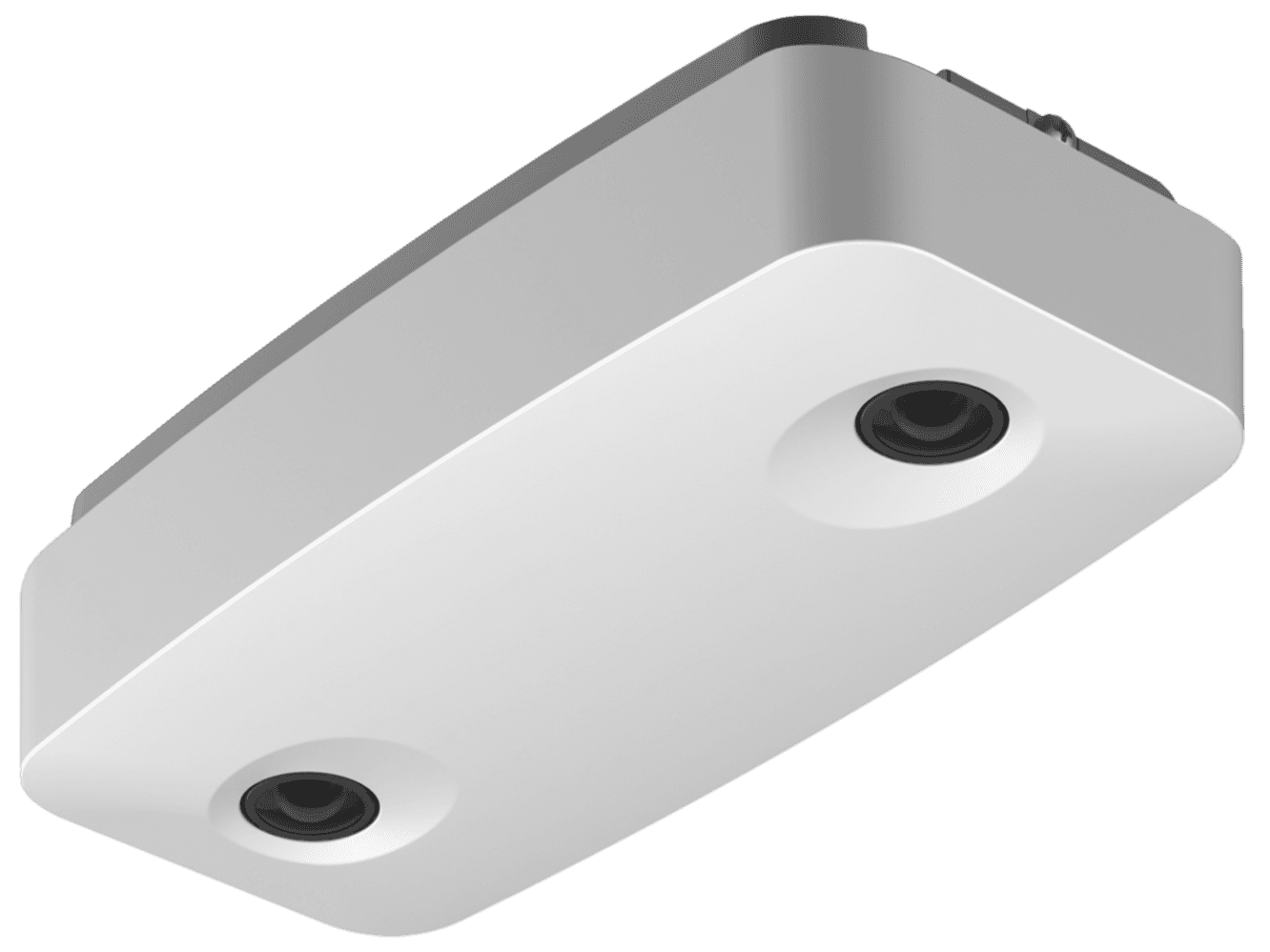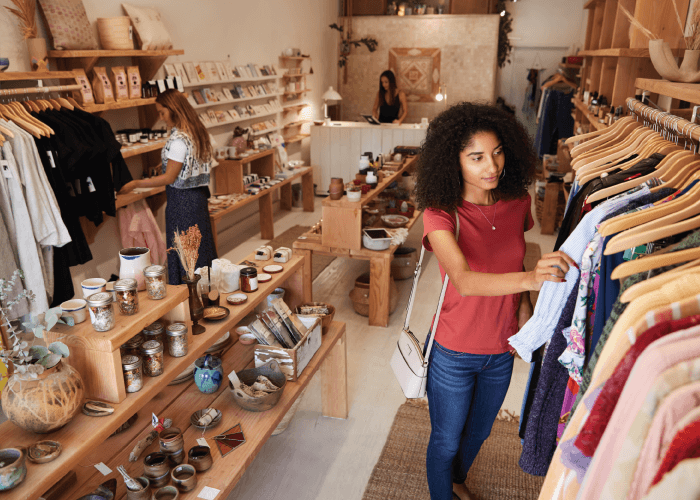5 Ways Retail Brands Can Complement Customer Lifestyles

On this page
In an effort to meet customer demand and increase the likelihood of customer loyalty, retail brands need to find ways to ensure a customer's shopping experience fits seamlessly into the rest of their daily routine. From flexible delivery options to interactive and customized experiences, below are tips from No.1 Packaging on how blended retail brands can best complement customer lifestyles.
Dare to be more digital in-store
The last decade has seen a surge of new technology - and while online retail stores have been embracing this for a while, it could well be time to bring tech in-store. For one thing, interactive displays not only have the potential to increase the length of time a shopper will spend in store, they can also help immerse shoppers in a brand experience - something flagship stores seem to be doing more and more.
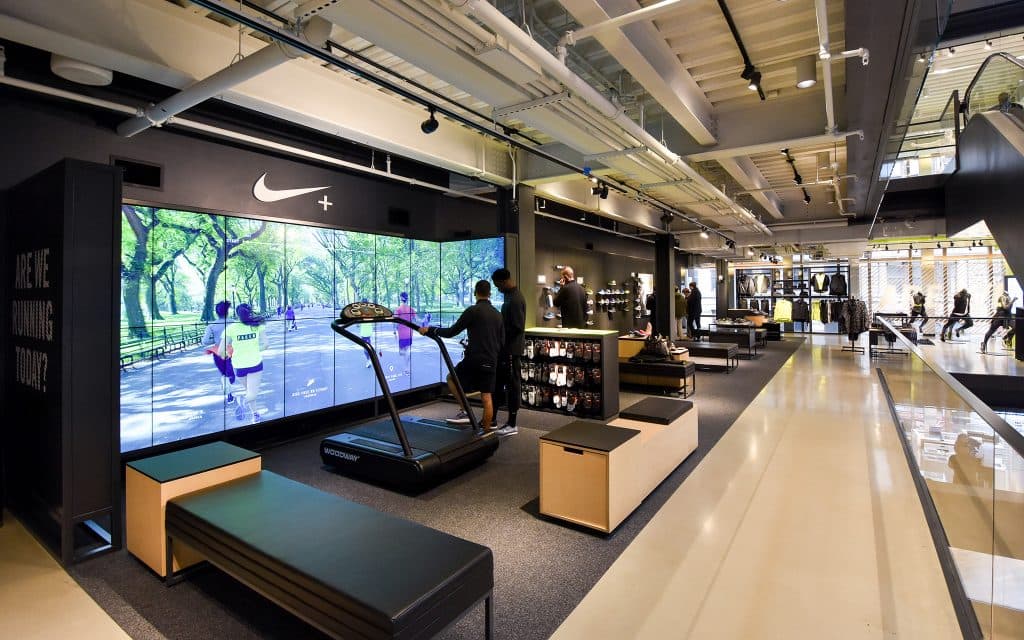
Through the use of tech in store, you can bring an experience to your shoppers, before they even buy your product. QR codes, price scanning apps and autonomous checkouts are just some of the other ways to embrace tech in a physical retail space - with some of these options allowing the customer to use their own smart device to get more involved with your brand.
Make it easier to buy now
Money is, of course, at the heart of the retail game. It's why the high street is typically quieter between January and March (after the holiday season sales, of course) - people are spent up and unless your retail brand stocks everyday essentials, it can take a few months for things to pick back up after the Christmas rush.
Window shoppers exist online as well as the high street, and an abandoned cart could just mean they were browsing and aren't ready to purchase yet. Or, it could mean they're waiting for payday to roll around until they can afford it. You can take this barrier away by considering buy-now-pay-later options for your business - giving your shoppers what they want, when they want it, without the financial barrier. This could help you see fewer abandoned carts, and ultimately increase sales.
Focus on delivery options that suit real life
Mark Lore, CEO of Walmart e-commerce U.S., argues that brick-and-mortar stores still have some advantages over online shops - given that "the puck is moving toward faster and faster delivery speeds." With the fast-paced nature of modern life, instant gratification is to be expected in the world of retail - and, with this in mind, for many shoppers, one of the absolute non-negotiables is fast, flexible and convenient delivery.
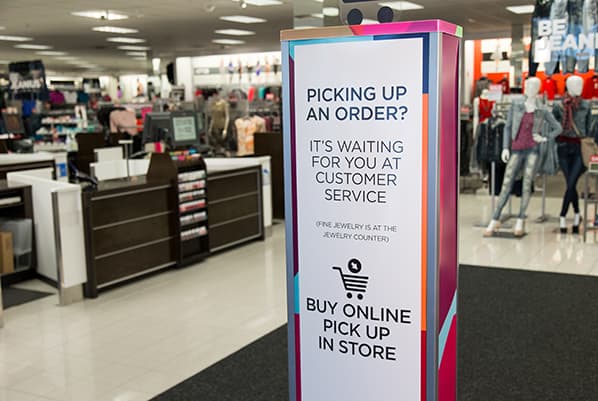
Whether this is utilizing an Amazon Locker or offering delivery to their local store, your customers need a solution that works for them - whether they're buying on or offline. Convenience is everything, so missing a parcel and then having to trek to the post office between a seemingly impossible window of time to retrieve the goods simply won't work for the modern customer. By being flexible with your delivery windows and locations, you can help the customer choose the option that fits with their lifestyle.
Customize the experience with benefit-led selling
Understanding audience personas shouldn't just be reserved for your digital marketing - getting to know your target market and the subsections within it will serve you well if you're serious about making life easier for your customers. Regardless of the product(s) you sell, there'll be different personas interested in buying what you have to offer - your job is to get the sale.
By understanding what shoppers are looking for, you can build a connection with them - online via the use of live chat or in store with your retail team. Knowing what they're looking for and even who they're buying for will help you explain the benefits of your products and services - focusing on selling a type of lifestyle, rather than just a gadget, for example.
Add genuine value with add-on selling
Add-on selling follows on nicely from the last point: now you know what your products can do for a customer's life, what else do they need? In terms of customer service, this can either be seen as helpful or pushy - it's a fine line, so it's likely your sales team will need some training. While some customers will appreciate the recommendations, others will simply see the upsell, emphasizing the importance of reading the customer and handling each interaction carefully.
Whether it's a pop-up prompt at the online checkout reminding customers the kids' toy they're buying needs batteries or it's an in store conversation about a home renovation, the potential for an upsell presents itself more often than you might think. So, make sure this is integrated into both your online and in-store service for maximum, true value-adding results.
One thing's for sure: unless brands evolve in line with the changing needs and expectations of customers, their bottom lines will suffer.
About the writer: Alex Jones is a content creator for No.1 Packaging - one of the UK's lowest cost packaging providers.
Join the #retail, #SmartStore & #ConnectedJourney conversations on Twitter @RetailNext, as well as at www.facebook.com/retailnext.
About the author:

Alex Jones, No1 Packaging
